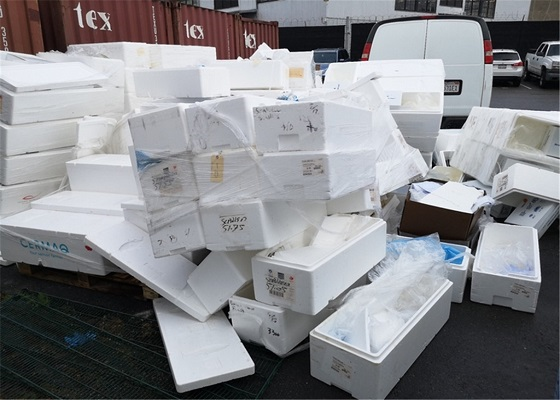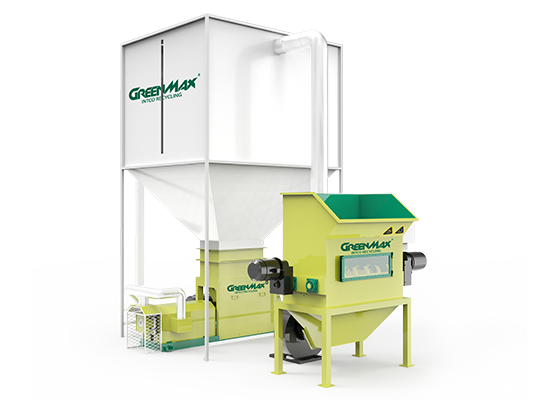Several types of plastics can be recycled, but the recyclability of each type depends on various factors such as local recycling capabilities, infrastructure, market demand, and contamination levels. Here are some commonly recycled plastics.
PET: Commonly used in beverage bottles, food packaging and other containers. Recycled PET is often used to produce new bottles, polyester fiber (used in textiles) and other products. HDPE: Used in milk jugs, detergent bottles, grocery bags, toys and plastic pipes. Recycled HDPE is used to make new bottles, plastic lumber, pipes, crates and other products.
LDPE: Used in plastic bags, shrink wrap, squeeze bottles and agricultural films. Recycled low-density polyethylene is used to produce new plastic bags, composite lumber and other products. PP: Found in yogurt containers, margarine tubs, bottle caps, straws and auto parts. Recycled polypropylene is used to make new containers, auto parts, fibers and other products.
PS: Used in disposable cups, food packaging, foam packaging (EPS and XPS) and plastic cutlery. Although PS can be recycled, due to insufficient recycling technology in the past decade or so, the recycling volume of the entire recycling market, especially foamed PS, or EPS for short, is not satisfactory. But now the recycling of EPS plastic has become more and more mature, and there are more than five types of equipment related to EPS recycling alone.

GREENMAX recommends that the method of recycling EPS should take the step of first compressing and then granulating. Using an EPS recycling machine can compress EPS to 1/90 to 1/50 of its original volume. Because it is difficult for us to avoid transportation during the entire recycling and reuse process, the additional costs incurred during transportation can be effectively reduced after being compressed by the EPS recycling machine.

If you want to know more information about EPS recycling machine, you are welcome to consult GREENMAX at any time!